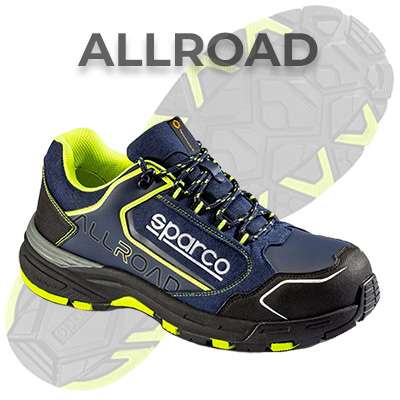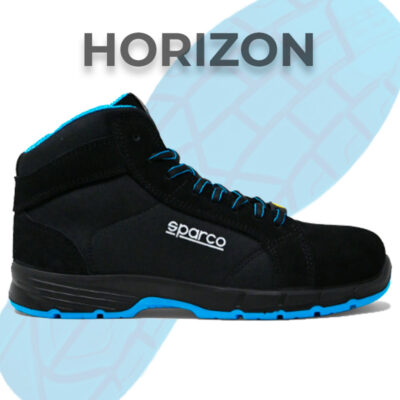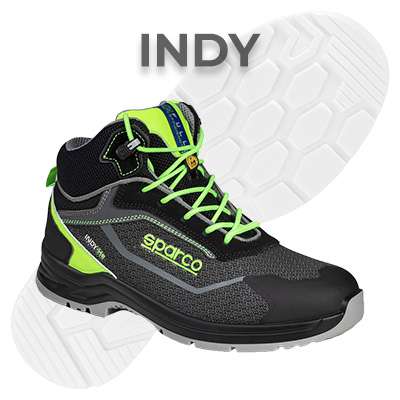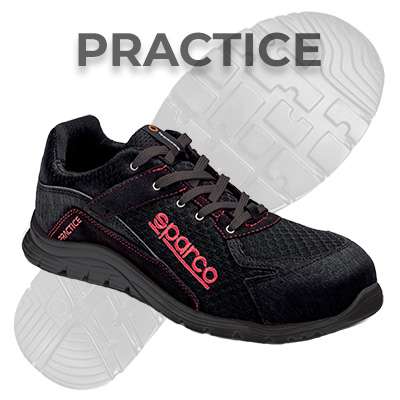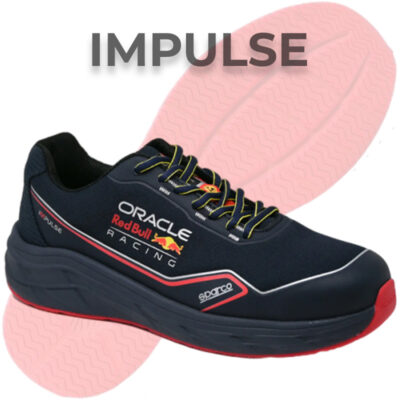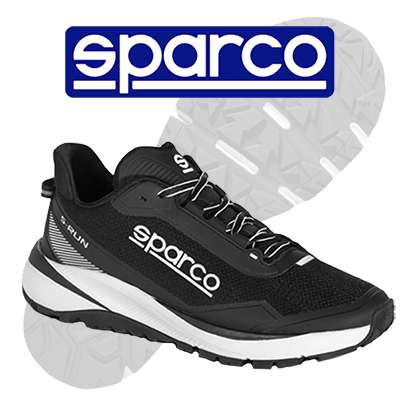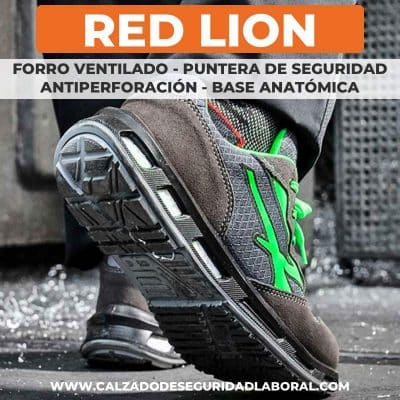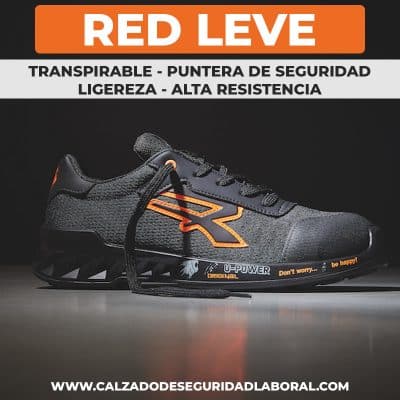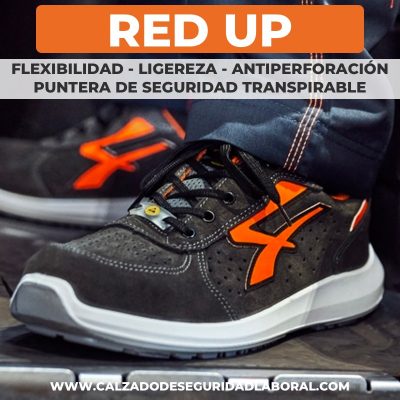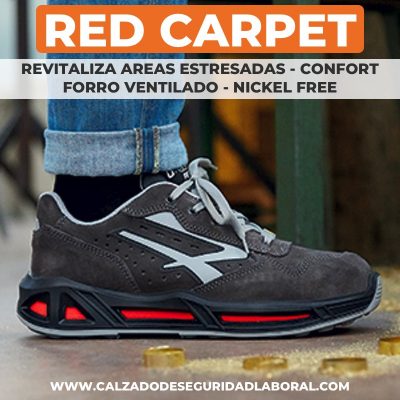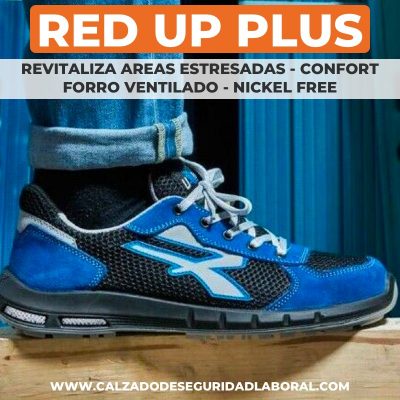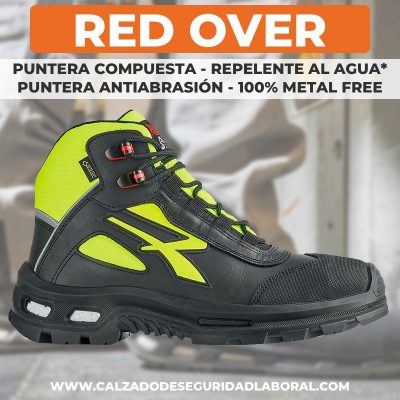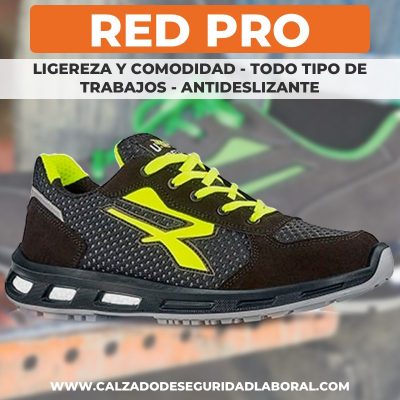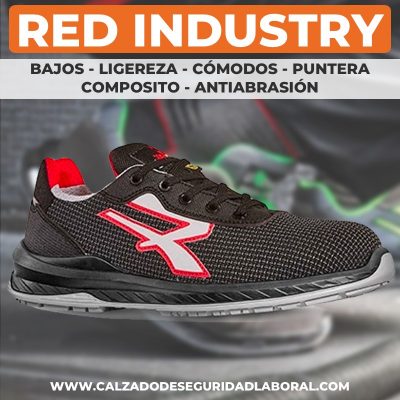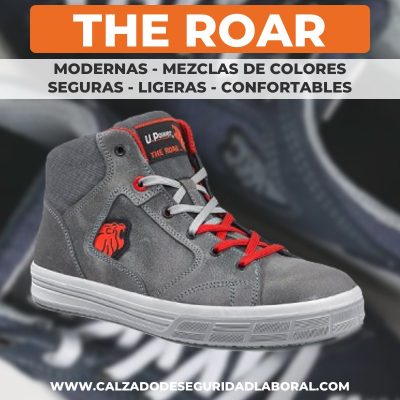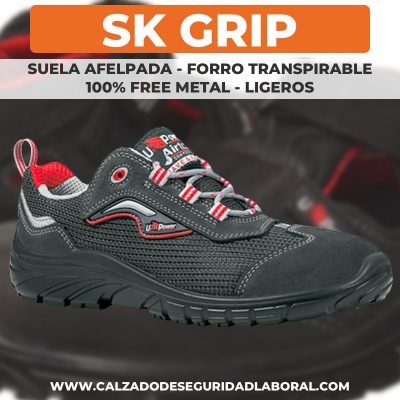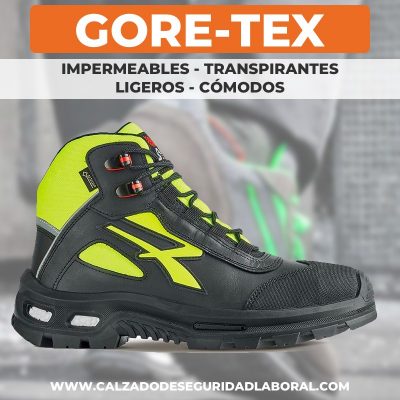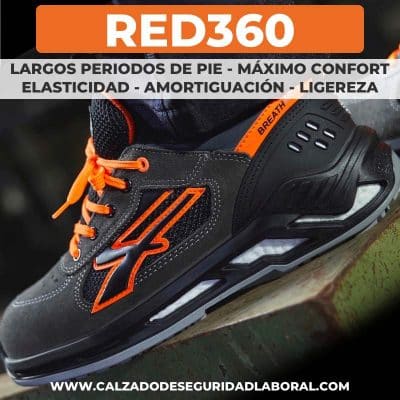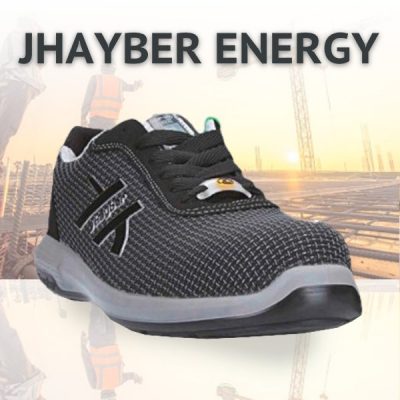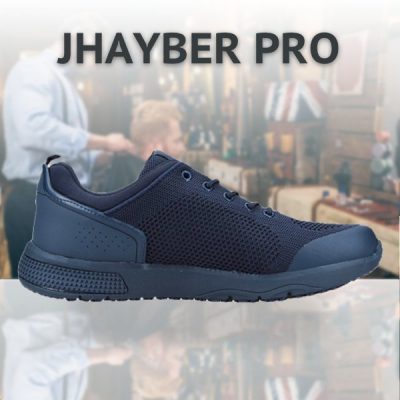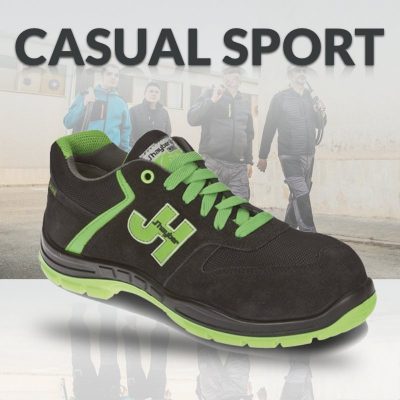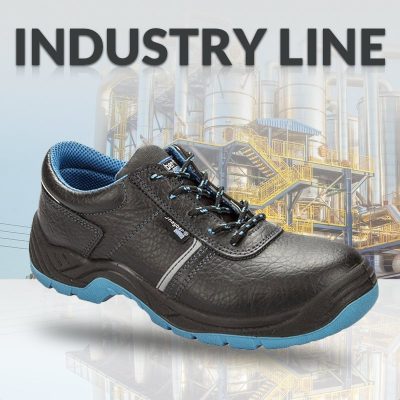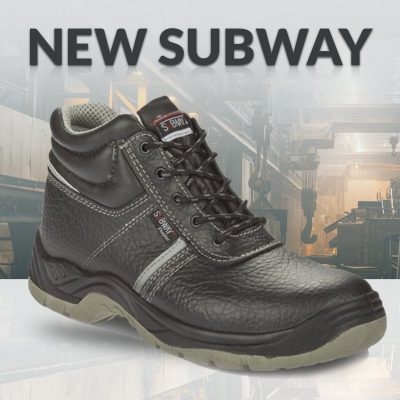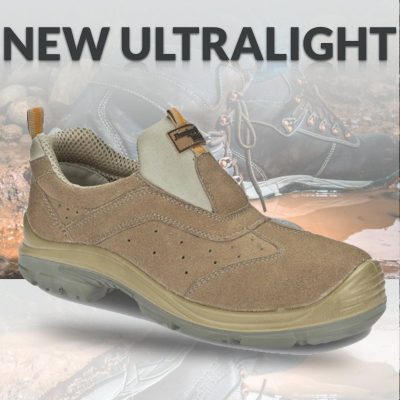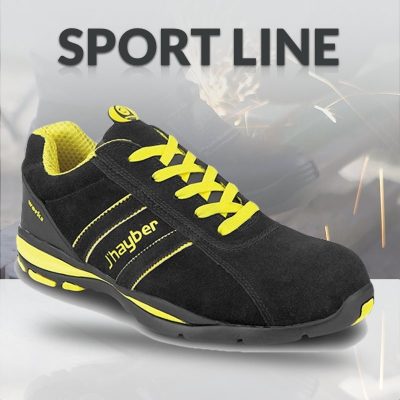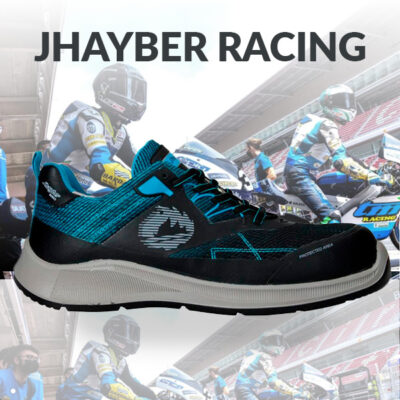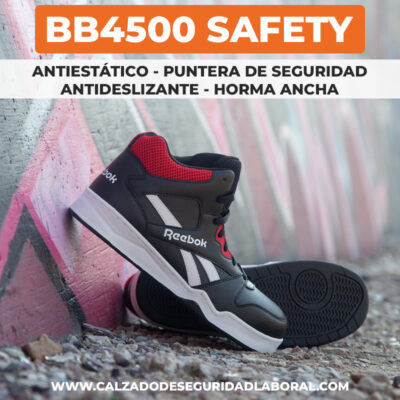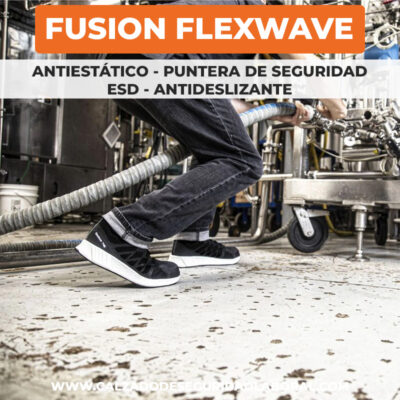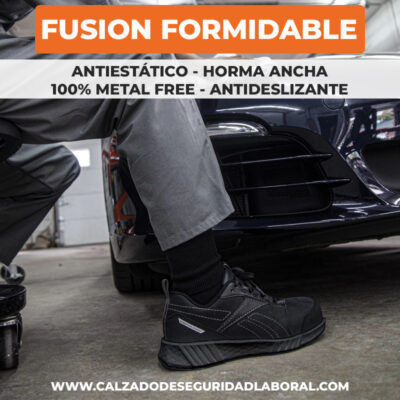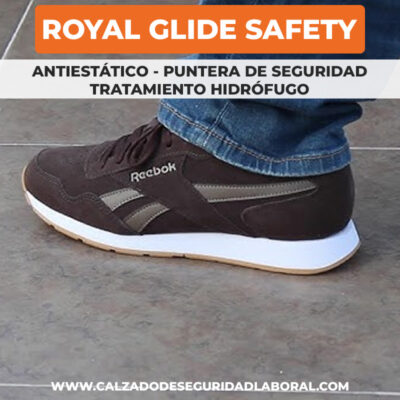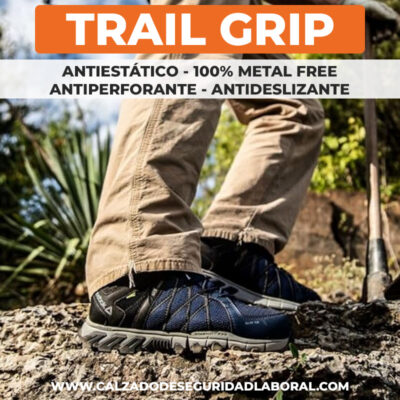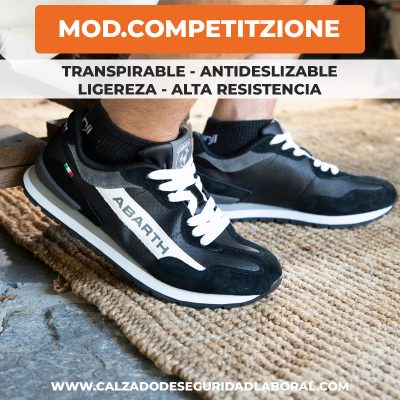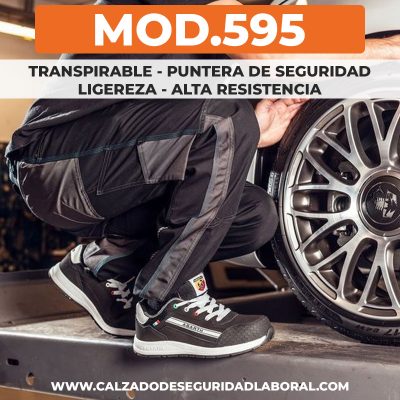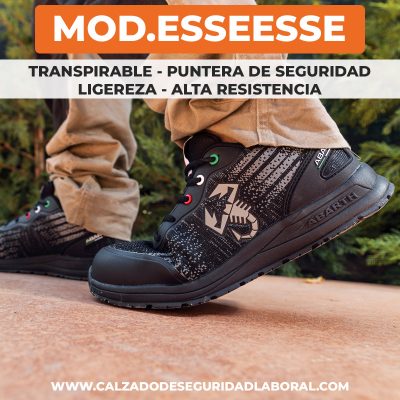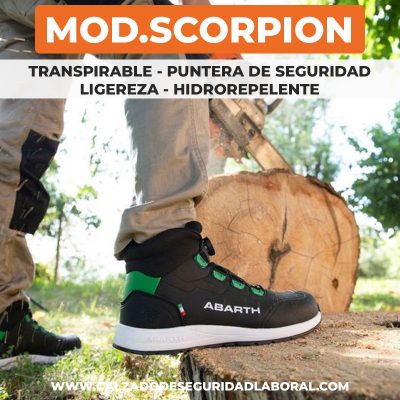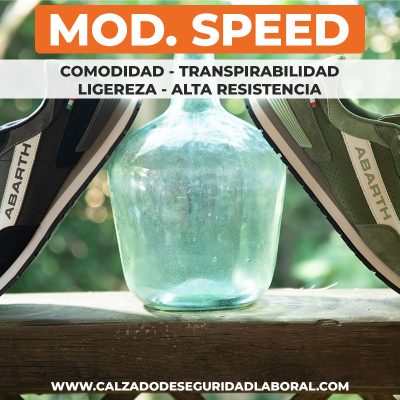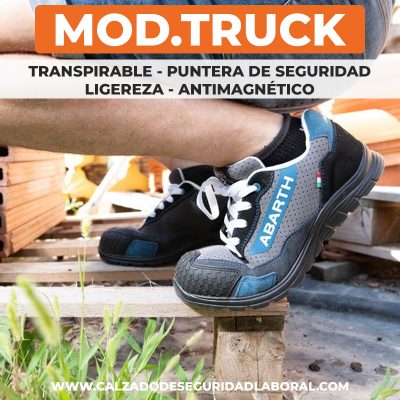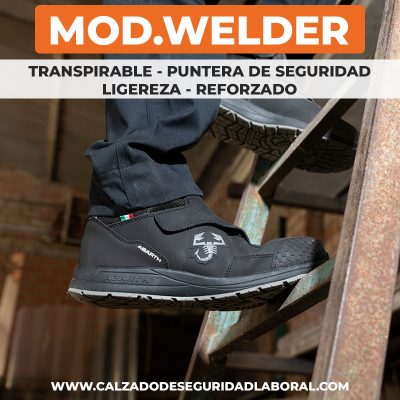Normativa y Marcado
Conocer el marcaje utilizado en el calzado de protección es indispensable para elegir adecuadamente el calzado deseado.
Dependiendo de los niveles de protección se pueden clasificar los zapatos en dos categorías:
- Calzado de seguridad: Cuenta con puntera contra impactos y aplastamiento, de por los menos 200 Julios, y resistir una presión de 15 kN, según la Norma Europea UNE-EN ISO 20345.
- Calzado de trabajo: No cuenta con puntera de protección y aplastamiento, según la Norma Europea UNE-EN ISO 20347.
Las diferentes clases de calzado según la normativa vigente.
| Categoría | Requisitos de EN ISO 20345 |
| SB | Indica que el calzado cumple los requisitos básicos de resistencia y protección de los dedos. |
| S1 | Indica que el calzado cumple los requisitos básicos (SB), además de tener la parte trasera cerrada, ser antiestático (A), absorber energía en la zona del tacón (E) y ser resistente a los hidrocarburos (FO). |
| S2 | Indica que el calzado cumple los requisitos de la categoría S1, además de ofrecer resistencia a la penetración y absorción de agua en la zona superior (corte del calzado) |
| S3 | Indica que el calzado cumple los requisitos de la categoría S2 además de ofrecer resistencia a la perforación de la suela, suela con resaltes. |
| S4 | Indica que el calzado cumple los requisitos de la categoría S3, además de tener la parte trasera cerrada, propiedades antiestáticas, absorción de energía en la zona del talón y resistencia a los hidrocarburos. |
| S5 | Indica que el calzado cumple los requisitos de la categoría S4, además de ofrecer resistencia a la perforación y suela con resaltes. |
| Requisitos adicionales | ||
| P |  |
El calzado incluye plantillas metálicas o textiles resistentes al a perforación de 1100 N |
| C |  |
Calzado conductor: ideado para disipar cargas electroestáticas. Su resistencia eléctrica es de 0 a 100 kilo ohmios. |
| A |  |
Calzado antiestática: su función es la de disipar las cargas electroestáticas. Su resistencia eléctrica es de 100 a 1.000 kilo ohmios. |
| HI |  |
Resistencia de la suela frente al calor hasta 150º C. |
| CI |  |
Aislamiento contra el frío de la suela hasta -17º C. |
| E |  |
Absorción de energía en la zona del tacón. Esta zona del calzado debe ser capaz de absorber un mínimo de energía de 20 J. |
| WR |  |
Calzado resistente al agua. |
| WRU |  |
Corte resistente a la penetración y absorción de agua. |
| M |  |
Protección metatarsiana. El calzado incluye una protección adicional del metatarso. |
| AN |  |
Protección del maleolo. El calzado incluye una protección adicional del tobillo. |
| CR |  |
Resistencia a los cortes. |
| HRO |  |
Resistencia al calor por contacto 300º C. |
| FO |  |
Suela resistente a los aceites e hidrocarburos. |
El calzado para uso profesional, de seguridad, de protección y de trabajo debe cumplir uno de los siguientes requisitos de resistencia al deslizamiento
| Requisitos de resistencia al deslizamiento | |
| SRA | Resistencia al deslizamiento sobre suelo de baldosa cerámica con lauril sulfato sódico. |
| SRB | Resistencia al deslizamiento sobre suelo de acero con glicerina |
| SRC (SRC + SRB) | Resistencia al deslizamiento sobre baldosa cerámica con lauril sulfato sódico y sobre suelo de acero con glicerina. |

